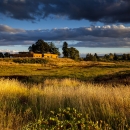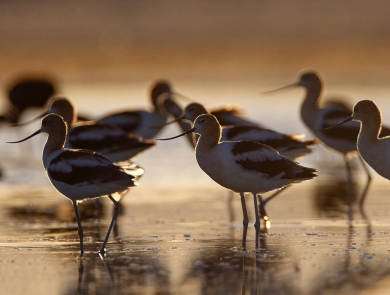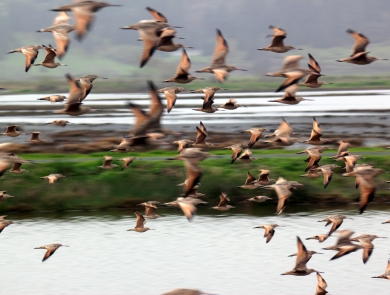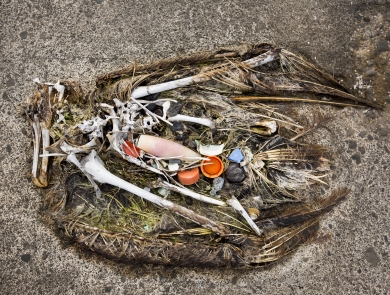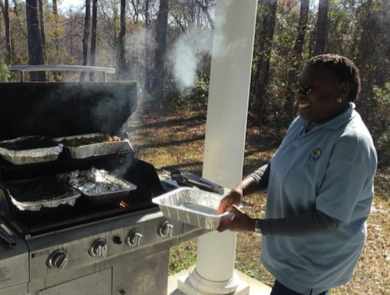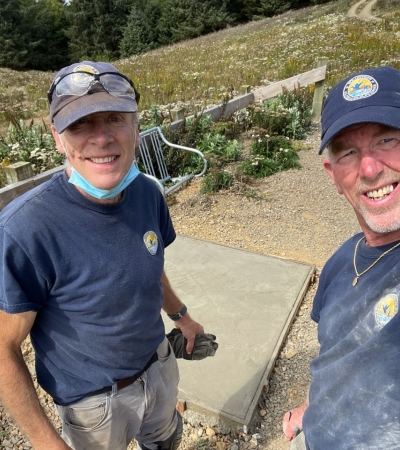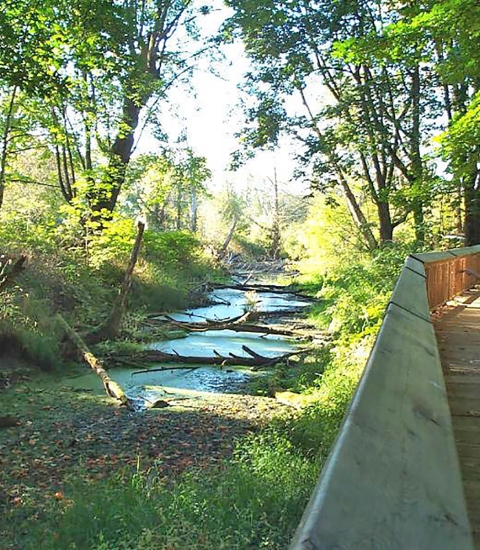Facility
Location
16507 SW Roy Rogers Rd
Sherwood, OR 97140
United States
Volunteer Position Overview
About This Position
Our Refuge: Located about 15 miles outside Portland, OR, Tualatin River National Wildlife Refuge Complex is a fantastic destination to see a variety of wildlife in many of our diverse habitats. As a designated Urban Refuge, we provide many opportunities for the public to engage on the land. We strive to work with new communities in new ways and we are looking for others to help us achieve this work. The portion of the refuge open to the public offers a seasonal trail, as well as a year-round trail. In addition to this broad scope of walkable trails, the refuge also houses an amazing Visitor Center equipped with a classroom, exhibit hall, conference room and a Friend's operated Nature Store.
The Visitor Center: Opened in 2008, the Visitor Center serves as a gathering place and launching point for visitors, organized groups and Refuge programs. This building is staffed entirely by volunteers, who are often the first faces visitors see when they arrive at the Refuge.
Some Helpful Information: The refuge stays fairly busy all throughout the year. There are a lot of wildlife to see and enjoy even with being so close to the Portland metro area. Many families come daily to take in the sights.
Time Commitment: Staff are working hard to engage our volunteer base at the refuge and are in need of more volunteers with our Trail Rover program. The Refuge trails are open from sunrise to sunset. As a Trail Rover, you are able to come at your convenience and go home when you are done with your walk. There is a report form we ask our Trail Rovers to fill out in order to help us keep track of the trails and other information.
Duties/Activities
Stories About Volunteering
Other Ways to Work with Us
Are you looking for something different than a volunteer opportunity? The Fish and Wildlife Service employs around 9,000 people nationwide and offers great internship opportunities every year.
